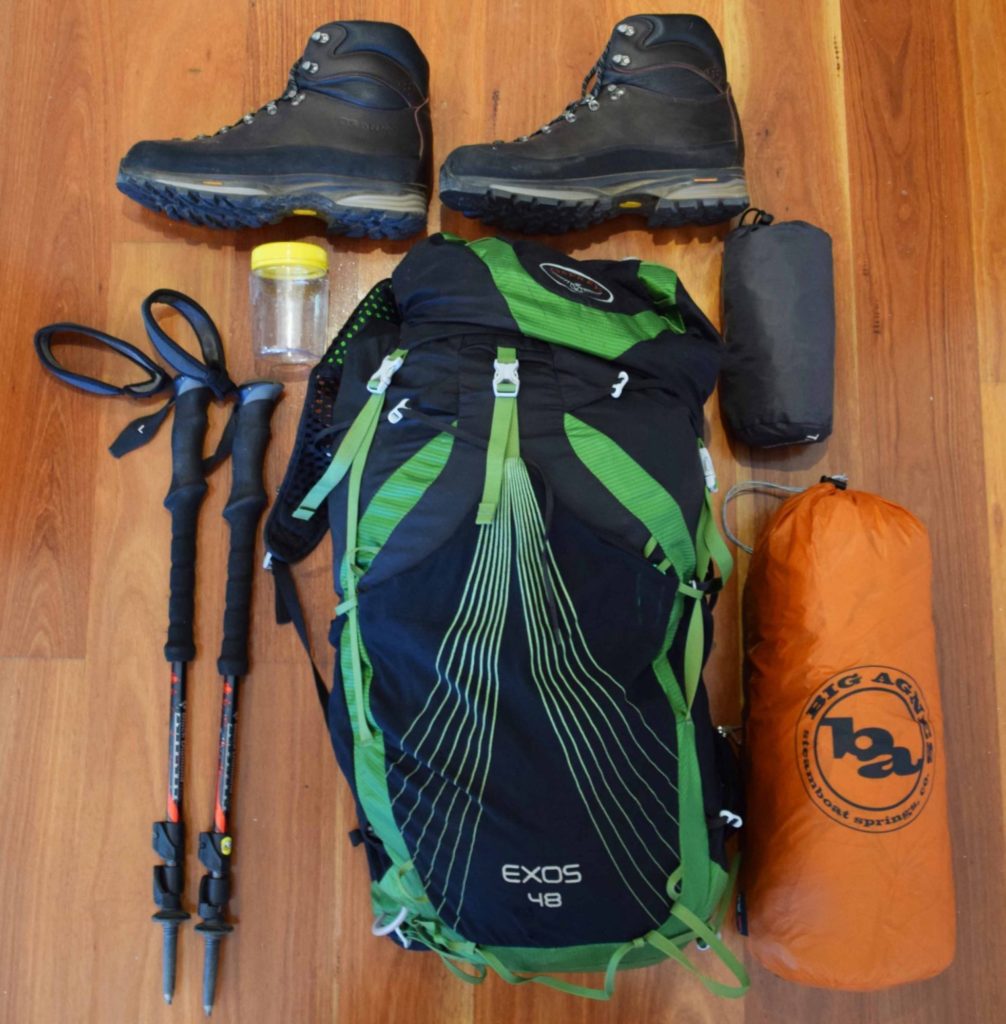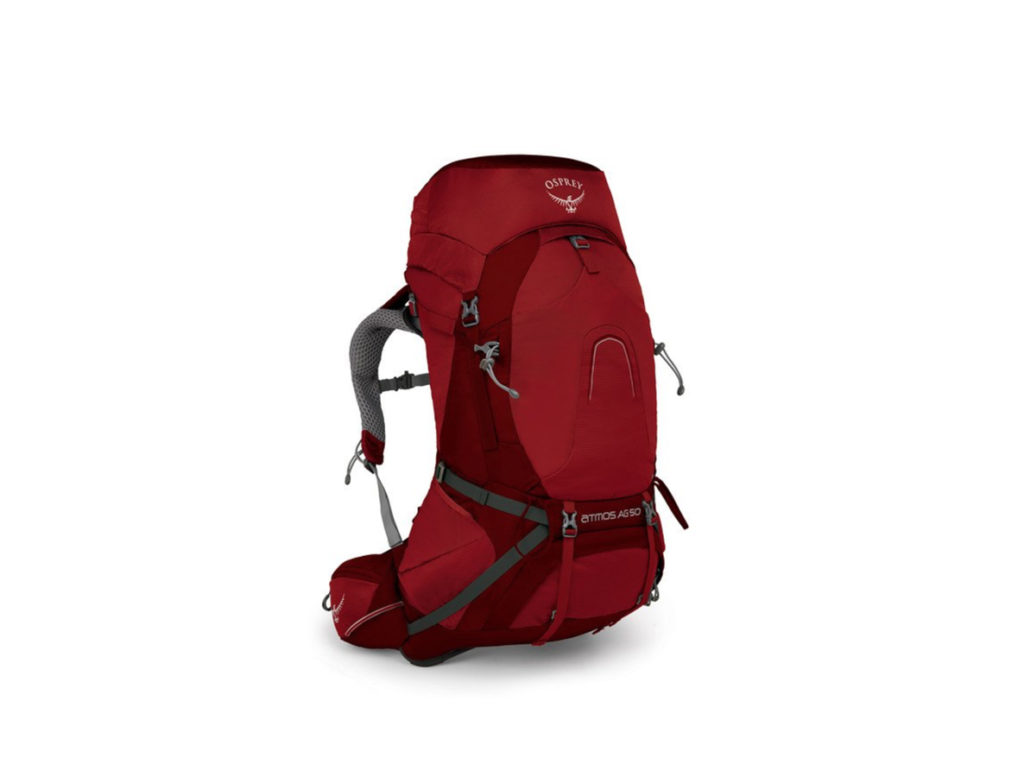Choosing what to bring on a hike
Hiking practice
In a previous article we discussed choosing the right gear for hiking and in that instance we focused on considerations for making the right purchase. However if you’re anything like me then the purchasing never stops and you end up owning more hiking gear than you, or for that matter several people, are ever likely to use. Even though I will happily dispose of something when it’s had its day, I will often hang on to most of my gear ‘just in case’. As a result I’ve become a bit of a hoarder when it comes to hiking gear (just ask Gill).
So how then do you decide what to pack for a hike? If you only own one pack or one shelter then the answer is easy. When you have options you have the luxury of being able to pick and choose and that’s where it can become difficult. A good example here is that I own nine packs and will regularly use six of them depending on the situation, a pattern repeated across much of my gear.
In most cases there is no one right answer when assembling a set of gear for an upcoming adventure. In this article we look at considerations for making your choices. While some of them are very similar to the consideration you would make when purchasing equipment, there are differences.
Things to consider
1. Function (purpose)
In many respects this is often the easiest consideration. In a nutshell does the equipment do what you need it to do?
A good example here is sleeping bag selection. If you’re planning on doing an overnight or extended hike and you know based on information you have sourced that you can expect -2° Celcius then you will need to ensure that your sleep system, including sleeping bag, can cope with that. Selecting a sleeping bag that will only keep you warm to 6° Celcius may be the way to go, depending on the rest of your sleep system and your tolerance to cold, but it may also be dangerous potentially leading to hypothermia in extreme conditions.

2. Weight / size
All other factors being equal, I will usually, but not always, choose the lightest option (more on this in a minute). You may never choose to go ultralight but reducing the weight that you carry should be a goal you strive to achieve.
I currently own three sleeping bags and almost without fail I will choose my lightweight (720 gram) -2° bag over my heavier, (1030 gram) -4° bag as my sleep system will carry me past the designated comfort rating of my less warm bag. I will only ever use the heavier and warmer bag in very cold conditions.
Another factor here is the size of my compressed -2° bag being around half that of my heavier warmer bag. In itself this is not a major impact but when you transfer this across every item in your pack, including your pack, it all adds up.

Which sleeping bag?
3. Comfort
For the past three years my pack choice has been based on two main criteria:
- Function
- Weight
In the main that has suited me well however I found on my thru-hike of the Bibbulmun Track in 2018 my pack which was very comfortable in week one carrying around 18.5 kg of weight at the heaviest, was uncomfortable with the same load a month later. I worked out that the issue was a loss of muscle mass in the upper body which meant that the padding I had at the start of the hike was no longer there and the shoulder straps were digging into me.

Osprey Atmos AG 50 litre. Not the lightest but very, very comfortable
Final thoughts
Now while I will assess every piece of gear I own based on the above three criteria, the weight I give each of these considerations will vary. For me I will look at the length of the hike (distance), the duration of the hike (time), the forecast weather, the maximum weight I will be carrying, and then weight up all these factors when considering each piece of gear in my decision making process.
What this means in many cases is that while I have favourites I use as a starting point I treat each and every hike as unique. This means I build my pack from the ground up to create what I consider to be the optimum for that particular hike, even if this selection isn’t necessarily the lightest in weight.
Ultimately what this comes down to is if you have the luxury of choice then choose what suits you.